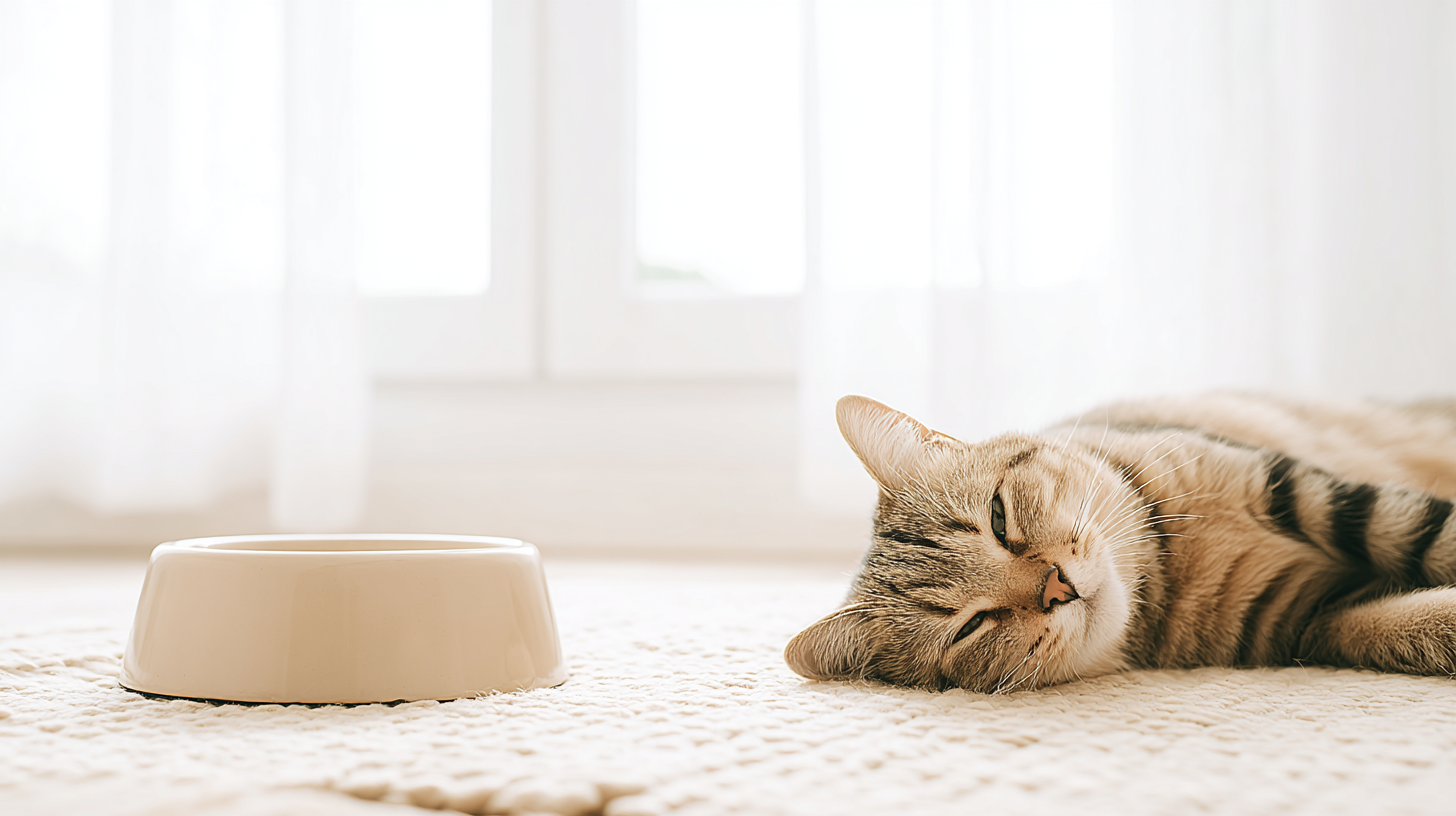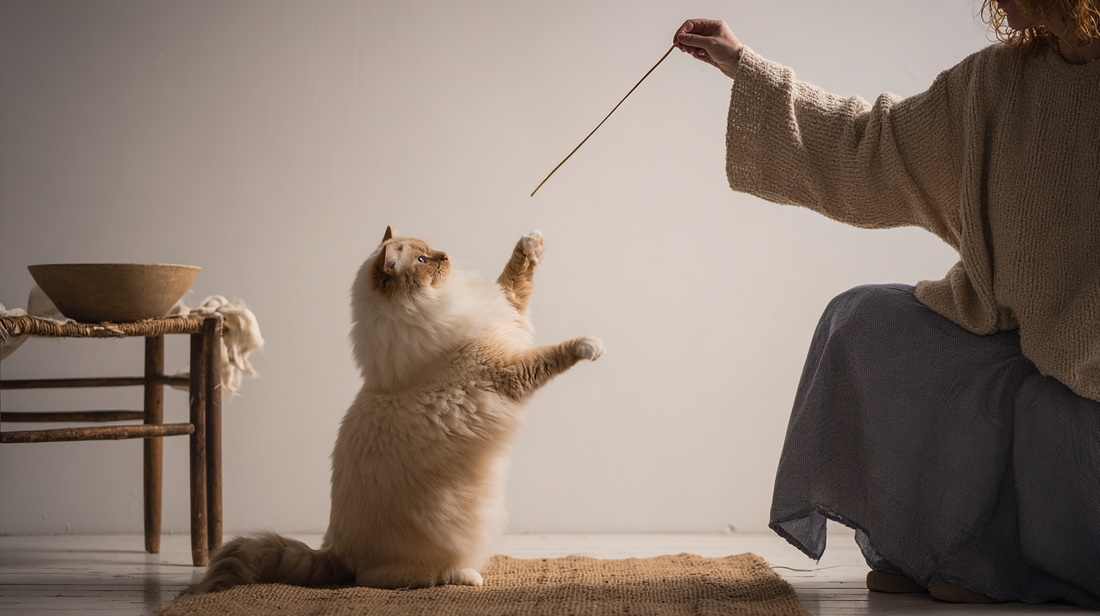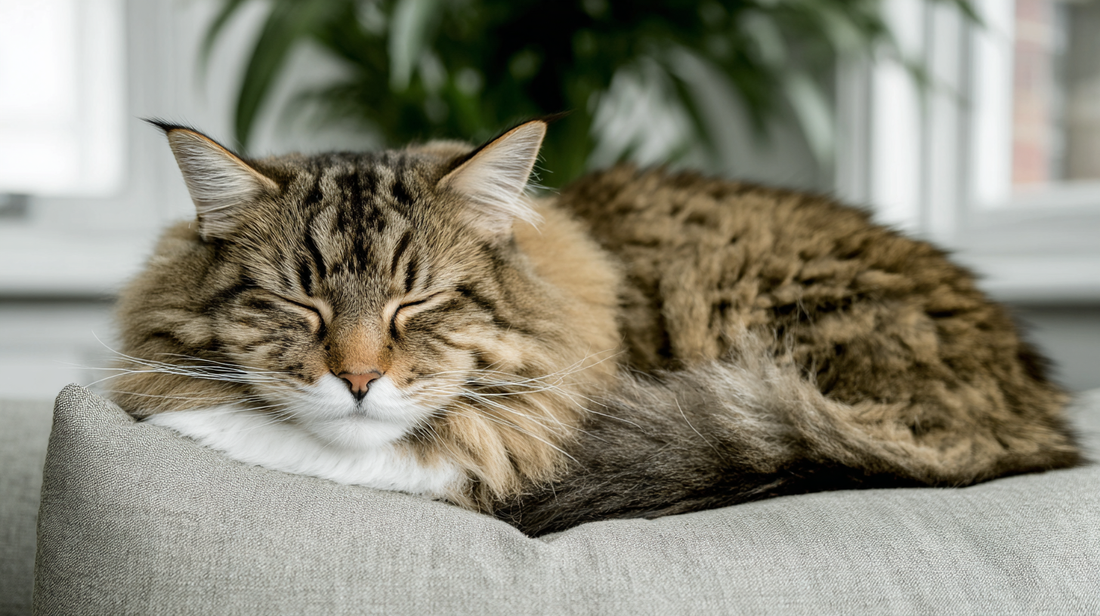As an experienced veterinarian, one question I frequently hear from pet owners like you is: how long does a cat sleep? It’s a natural curiosity, given how much time your feline companions spend curled up in various states of repose! Both wild cats and domestic cats sleep a lot due to their natural instincts for hunting and energy conservation, making long periods of rest a typical and healthy part of their lifestyle. While comprehensive veterinary texts don’t provide precise hourly averages for feline sleep duration, they do offer invaluable insights into healthy rest patterns and the factors that influence them. Understanding these factors proves far more beneficial than simply knowing an average number, as it empowers you to ensure your cat is truly resting well.
Let’s explore the fascinating world of feline sleep together, examining what contributes to well-rested cats and what might signal that your pet needs veterinary attention.
Summary
What science reveals about how long does a cat sleep
Your cats are creatures of rhythm and routine. Even domesticated cats retain many instincts from their wild ancestors, including their patterns of activity and rest. Cats are crepuscular animals, meaning they are most active during dawn and dusk.
What matters most for you to know about your cat sleeping habits are: sleep quality, patterns, and the underlying health factors that influence them. Rather than aiming for specific sleep hours—which would be like trying to fit every human into one shoe size—I want to help you ensure your cat’s sleep is restorative and appropriate for their individual needs and life stage.
Cats spend many hours sleeping each day, often taking multiple naps throughout the day as part of their natural behavior. Your cat’s rest time plays a crucial role in their overall well-being. Just as we monitor body temperature, pulse, and respiration as vital signs, observing your pet’s sleep patterns can offer you important clues about their health.
Understanding how long does a cat sleep throughout their lifetime
Your cat’s sleep needs and patterns will change throughout their life. The duration and quality of your cat’s rest vary significantly based on their age, health status, and environmental factors. Various factors affect your cat's sleeping patterns and determine how many hours they sleep at different life stages.
Kitten sleep: growing through rest
Just like human infants, your kittens experience rapid development. This intense physical and mental growth demands significant energy and, consequently, substantial rest. While specific sleep durations aren’t detailed in veterinary sources, I can tell you that early experiences are fundamental to your kitten’s behavioral development and their future quality of life as adults. Understanding how long a cat sleeps during kittenhood helps you recognize whether your young pet is developing normally.
During your kitten’s frequent veterinary visits for check-ups and vaccinations, we monitor their growth, body condition, and appetite carefully. When you observe your kitten’s sleep patterns, you’re actually gaining insight into whether they’re meeting their energy and nutrient needs for healthy development. Kittens sleep for many hours of sleep each day, which is essential to support their developing immune system. If you notice inadequate rest, this might signal stress or an underlying health issue that needs attention.
Normal sleep behaviour for a kitten would include short bouts of intense play and activity. These typically last 30-60 minutes. These periods of activity are often followed by a nap, which is essential for their growth and energy recovery. Thereafter your kitten may sleep for a few hours before repeating the cycle. Kittens may also be very active during the night which can be challenging to deal with as pet owners.

Adult cat sleep: environmental adaptation
For your adult cats, sleep patterns become highly influenced by their environment and daily routines. Healthy adults typically exhibit periods of deep sleep, light sleep, and wakefulness, adapting to your household rhythms while still retaining bursts of activity. The more your cat’s environment meets their specific needs, the more likely they are to exhibit normal, healthy behaviors—including good, restorative rest. Many pet owners wonder how long does a cat sleep in their prime years, and the answer depends largely on their living conditions and stimulation levels.
The average adult cat, like most domestic cats, may sleep up to 16 hours a day, often broken into several periods including the occasional cat nap. It is normal for a cat to sleep up to 75% of the day or 18 hours a day. This sleep is often broken up by periods of activity. Cats are crepuscular which means they are most active at dawn and at dusk.
Senior cat sleep: navigating age-related changes
As your cats enter their senior years— “mature” between 7-10 years and “senior” over 10 years—their sleep patterns often change significantly. You might report that your older animals seem to sleep more. Older cats and senior cats often require more sleep, and this is completely normal as they age. However, this isn’t always a sign of deeper rest. Instead, it might indicate less efficient sleep or underlying health issues that cause reduced activity when they’re awake. Monitoring your senior cat’s sleep cycle can be an important clue with regards to what is going on with their overall health.
Aging can disrupt your cat’s normal rhythms, altering their eating times, play frequency, and sleep-wake patterns, creating what we describe as an “out of sync” state. You may find that your senior cat is spending much of the night pacing and vocalising instead of resting normally. This is an indication of cognitive decline and a veterinary visit and health evaluation is recommended.
Excessive sleep may indicate that they are suffering from a health condition that needs attention or that they may have underlying pain due to arthritis. Trouble sleeping or significant changes in sleep patterns should also prompt a veterinary visit, as these can be signs of illness or discomfort.
This is precisely why preventive medicine becomes vital for your elderly pets, and why I encourage you to monitor sleep changes as a crucial part of geriatric care.
If your senior cat starts sleeping excessively or shows disrupted nighttime rest, I recommend scheduling a veterinary check-up promptly.

Creating optimal sleep environments for your cat
Your cat’s environment plays a pivotal role in both the quality and quantity of their rest. Cats are highly sensitive creatures, especially to their surroundings, and even slight imbalances can become a source of stress for them. When considering how long a cat sleeps, environmental factors often determine whether that sleep is restorative or fragmented.
Cat owners can help reduce stress and support healthy sleep by providing mental stimulation and maintaining a consistent sleeping schedule for their cats. These practices not only encourage natural routines but also contribute to overall well-being.
Conversely, when you create well-adapted living spaces, you help your cats respond better to stressful situations and ensure they achieve optimal rest.
Establishing secure resting spaces
I recommend providing your cat with a safe relaxation space where they can rest independently. Cats love to sleep in cozy, secure spots where they feel protected. This area should offer them opportunities for stimulating activities, movement, rest, and natural behaviors. The question of how long does a cat sleep becomes less important than ensuring the quality of that sleep through proper environmental setup.
Providing vertical territory and hiding spots
Your cats naturally seek out high perches and secluded hiding spots for security and rest. When you provide shelves, cat trees, or even simple hiding boxes (which have been shown to reduce acute stress in hospitalized cats ), you significantly contribute to their sense of security, allowing for more relaxed sleep.
In multi-cat households, ensuring you have sufficient individual resting spaces prevents conflict and promotes peaceful coexistence among your pets. This becomes particularly important when considering how long a cat sleeps, as competition for preferred sleeping spots can disrupt rest patterns. Cats, especially those with outdoor access or higher activity levels, may have unique preferences for resting spots and sleep patterns.
Environmental enrichment for better rest
Beyond just quiet spots, your cats need enriching environments. Behavioral environmental enrichment means providing stimulating activities and comfortable surroundings that promote healthy behaviors and emotions in your pets. This includes puzzle feeders that encourage natural foraging behavior, or toys that allow for play—both healthy forms of behavioral expression.
When your cats have their physical and emotional enrichment needs met, they’re much more likely to remain calm and well-rested. Providing opportunities for physical activity helps cats stay active, maintain healthy energy levels, and supports balanced sleep patterns. This directly impacts how long a cat sleeps and whether that sleep is truly restorative.

When changes in how long does a cat sleep indicate health concerns
While your cats are masters of napping, significant changes in their sleep patterns can indicate underlying health or behavioral issues. Monitoring your cat's sleeping habits and being aware of the usual amount of time your cat spends sleeping can help you identify potential health issues early. This is where your keen observations as a pet owner become incredibly valuable to us veterinarians. Monitoring variations in how long a cat sleeps provides crucial health insights.
Recognizing pain and stress through sleep patterns
Pain and stress profoundly affect your cat’s physiological state and behavior, including their sleep. If your cat is experiencing pain, they might become restless, unable to find comfortable positions, or they might sleep more as a way to cope with their discomfort. Changes in how long a cat sleeps often represent the first noticeable sign of discomfort or illness. Just like humans, cats can experience sleep disturbances when they are stressed or in pain.
When you notice sleep changes in your cat, it’s worth considering whether they might be experiencing discomfort or anxiety. Alterations in how long a cat sleep warrants careful observation and potential veterinary consultation.
Sleep disruptions from underlying diseases
Many medical conditions, even those not directly related to sleep, can impact your cat’s overall quality of life and, consequently, their rest patterns.
When your animal is unwell, they may sleep more, but this sleep might be fragmented or less restorative due to their illness. Similarly, if your cat is obese, they might experience reduced activity, which impacts their overall energy expenditure and their need for certain types of rest. Understanding normal patterns helps you recognize when how long a cat sleep deviates from their baseline. If your cat wakes frequently at night, has trouble waking, or you notice changes in their waking patterns, consult a vet to rule out underlying health issues.

Your crucial role as sleep observer
As a pet owner, you’re often the first person to notice subtle changes in your cat’s behavior, including shifts in their sleep habits. Many cats, and most cats in general, will show subtle signs when something is wrong, so it's important for every kitty's owner to stay observant. You possess long-term observations about changes in your pet’s mobility, social behavior, and other determinants of daily function—observations that provide us with the best evidence for chronic issues. Your awareness of how long a cat sleep under normal circumstances makes you uniquely qualified to spot concerning changes.
When you’re discussing your pet’s health with me or another veterinarian, mentioning changes in sleep, appetite, or activity level becomes crucial to our assessment. I encourage you to describe what you’re seeing in detail rather than simply labeling the behavior, as this helps us understand the nuances of your cat’s specific condition. Details about how long a cat sleeps and any changes in those patterns provide valuable diagnostic information.
Supporting healthy sleep patterns and understanding how long does a cat sleep
While exact answers to “how long does a cat sleep” aren’t universally fixed or explicitly detailed in veterinary literature, your cat’s sleep quality and patterns serve as undeniable indicators of their health and well-being. Cats sleep so much in order to conserve energy for hunting prey, a behavior inherited from their wild ancestors. When you understand the factors that influence feline rest, you can provide environments that support optimal sleep and recognize when changes warrant conversations with your veterinarian. Rather than focusing solely on how long does your cat sleep, prioritize sleep quality and consistency.
I encourage you to think of your cat’s sleep patterns as a living health report. Just as calm seas indicate fair weather, consistent, peaceful sleep often signals a healthy, happy cat. A cat nap or periods of deeper sleep are natural parts of a cat's time asleep and contribute to their overall health. Any significant shifts in this “report” could be your cat’s subtle way of telling you that they need expert veterinary help to restore their calm waters. Remember, the question of how long your cat sleep matters less than ensuring that sleep is restorative and appropriate for your individual pet’s needs.
The information in this article is based on the following scientific publications:
- Elliott, J., & Grauer, G. (Eds.). (2006-2007). BSAVA Manual of Canine and Feline Nephrology and Urology (2nd ed.). BSAVA Publications.
- Villiers, E., & Blackwood, L. (Eds.). (2005). BSAVA Manual of Canine and Feline Clinical Pathology (2nd ed.). BSAVA Publications, Gloucester
- Horwitz, D. F., & Mills, D. S. (Eds.). (2009). BSAVA Manual of Canine and Feline Behavioural Medicine (2nd ed.). BSAVA Publications, Gloucester
- Harvey, A., & Tasker, S. (Eds.). BSAVA Manual of Feline Practice: A Foundation Manual. BSAVA Publications
- Rendle, M., & Hinde-Megarity, J. (Eds.). (2022). BSAVA Manual of Practical Veterinary Welfare (1st ed.). BSAVA Publications.
Looking for a solution? Start here
Stylla Mobility for cats
Supports mobility and active lifestyle
- Helps maintain healthy joints and mobility
- Supports cartilage and connective tissue function
- Encourages an active lifestyle
Made in Switzerland with strict quality standards





